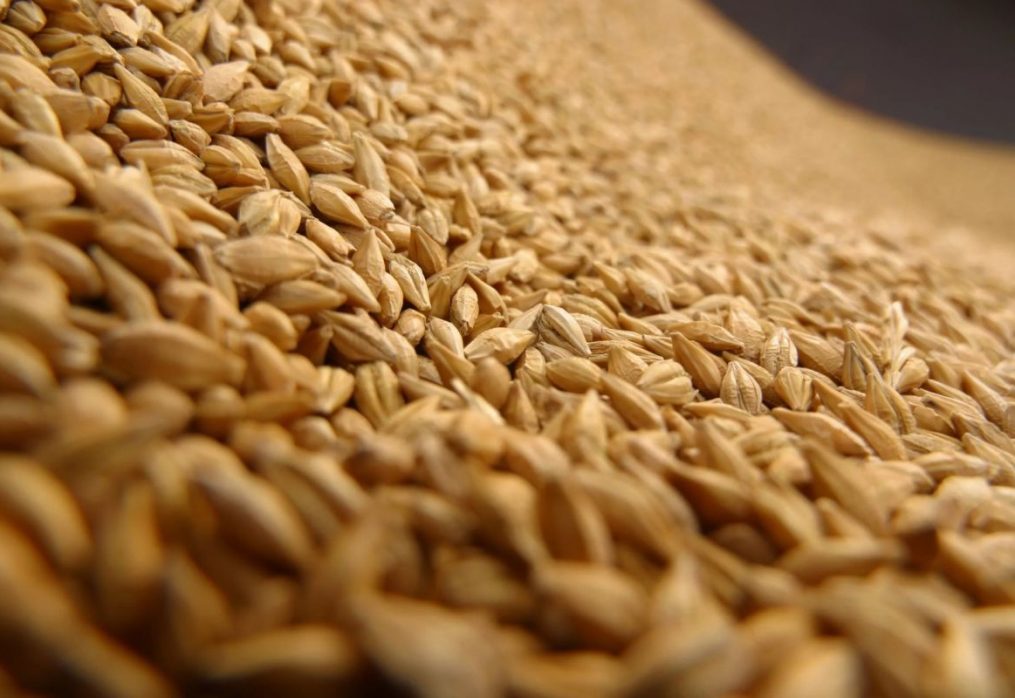U.S. wheat stocks are expected to reduce this season
Factors affecting the decline in wheat stocks
This year’s expected wheat crop in the U.S. will be lower than in previous periods. The reason for this is frosts that passed over the territory of the country and negatively influenced crops of red-grained winter wheat. In this regard, there is a risk that the reduction of grain stocks will lead to a serious problem. According to analysts, volumes could fall to their lowest level in 7 years.
Red winter wheat accounts for about 40% of total U.S. crop production. Its main germination region is the Great Plains, which includes Colorado, South Dakota, Kansas, Nebraska and several other states. February and early March saw low temperatures in this area, with very little snow. This situation likely caused some of the crops to die out. Approximately 30% of the crops were affected by adverse weather conditions. Analysts cannot yet estimate the full picture of the wheat crop, but it is obvious that the damage was significant.
The risk of grain shortage was reflected on the exchange market. The other day, grain prices went up on the commodity market. Next month’s futures contracts were $6.83 per bushel, which was the highest value in the near future. A few days later, the contracts began to decline and reached $6.5 per bushel.

The key factor affecting wheat stocks is the weather. On the one hand, crops have suffered because of frost and on the other hand, because of the drought. Lack of rainfall has reduced soil moisture levels to 20-60% below normal for this time of year.
Experts predict weather conditions will improve next month, but the lack of rain will be a problem in some areas.
Winter wheat is dormant in winter, with its growth point underground. Due to deep freezing of the soil, the point of growth is damaged, and then the shoot dies. In the spring, the plant will make a new shoot only if it was able to survive the winter, and this shoot will be inferior to the dead one in quality and persistence.
If large tracts of grain are affected, farmers can reseed the area with spring crops such as corn or soybeans.
The U.S. leads the world in wheat production. This season, 1.83 billion bushels of the crop is expected, nearly the same as last season. At the same time, wheat stocks will decrease by 17% compared with the previous season, which will be a record low for the last 7 years.
